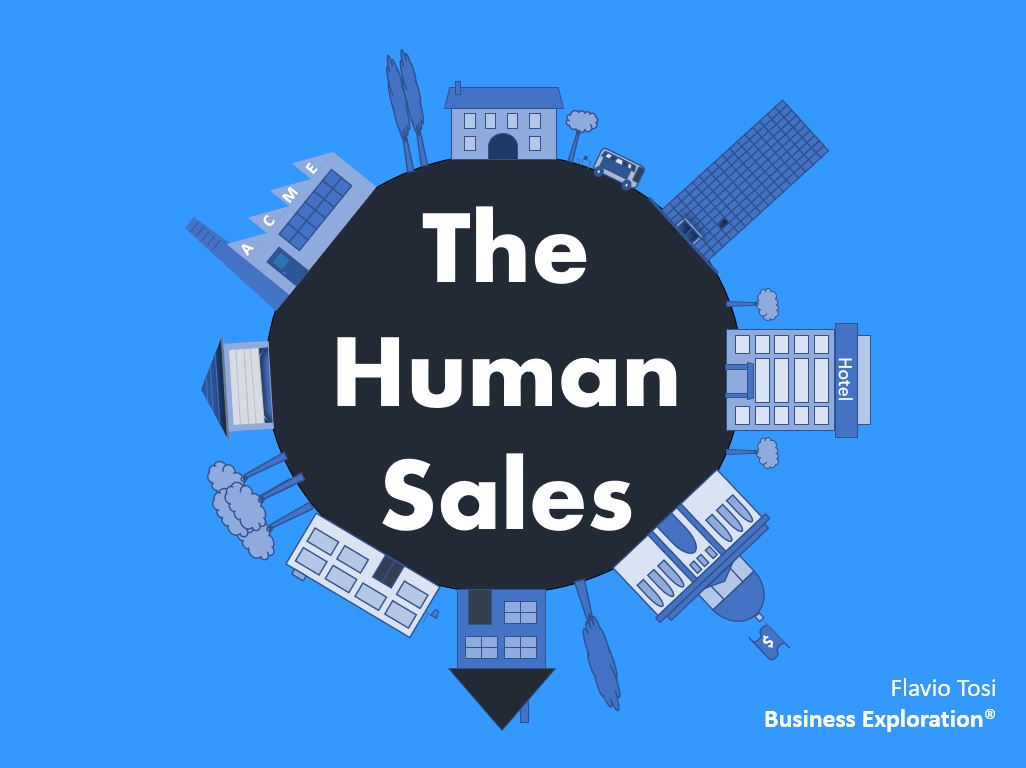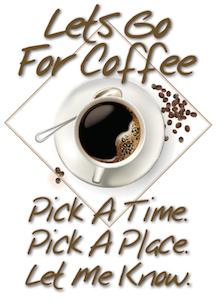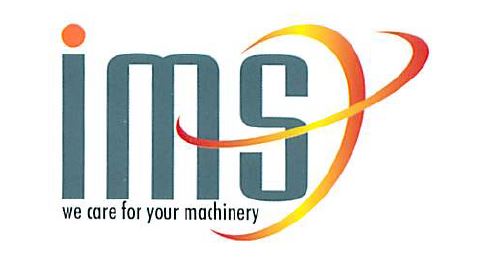Pensierini Notturni
di Business Exploration
Caro Collega Innovatore,
Costruire un modello di business è un processo iterativo che si forma attorno a un'idea centrale
una che aiuta i clienti a giocare a un nuovo gioco per raggiungere i loro obiettivi.
Perché questo libretto:
- Guidarti passo dopo passo nell'esplorazione del tuo modello di business
- Unire i puntini tra idee, modelli e strumenti come: Business Model Canvas, MVP, Product Market Fit...
- Raccogliere idee, strumenti, modelli pratici, best practice e lezioni apprese, in un unico posto.
Come funziona:
- Ispirato dall'insegnamento di Steve Blank, Alex Osterwalder, Kim & Mauborgne, Rita McGrath ecc.
- 100 diapositive "Plug & Play" che spiegano visivamente le idee chiave nel modo più semplice possibile;
- Struttura completa per aiutarti a progettare e costruire un modello di business che vende.
Cosa imparerai:
- Le 20 domande della check-list di mercato
- Le 7 P del marketing classico
- La Javelin TAble per tracciare le tue Pivot senza perderti
- Il Blue Canvas - il Business Model Canvas 2.0
- I 4 tipi di clienti Blue Ocean
- Le 5 componenti del Job-to-be-done
- I 2 elementi del Product-Market Fit
- Il Profilo dell' MVP di un Unicorno
- I 6 livelli di maturità organizzativa
- I flussi di cassa del tuo modello di business
- Le 7 regole del gioco
Testato sul campo:
- L'Autore ha più di 25 anni di esperienza nel go-to-market strategico: come responsabile marketing strategico in General Electric Oil&Gas e come consulente per PMI industriali e startup high-tech. Ha usato queste idee per lanciare startup nei settori alimentare, AI, Healthcare Saas, Business Services, Digital Security e supportare il go-to-market delle PMI industriali nei settori Aerospace, Energy, Oil&Gas, Automation e Medical Devices.
Flavio
Indice dei contenuti:
- WHAT IS GO TO MARKET?
The Ansoff Matrix of commercial innovation
The 4 steps of Business Exploration®
How to bring an idea to market?
- CLASSIC MARKETING
What is Marketing and what is Selling
Classic Marketing framework
Moving our marketing towards Customer’s Value
The 20 bare minimum elements of a sound Go to Market
Go To Market Check-list
- LEAN STARTUP
Clayton Strategic Questions:
Bringing innovation to un-known customers
Blue Ocean Strategy
Discovery Planning:
Discovery Planning framework:
Lean Startup: a scientific methodology to do business
Testing that an IDEA has MARKET
Pivoting around the Customer-problem-solution
The only factor you control
There are dozens of stakeholders around your idea:
Keep It Simple, Stupid!
- BUSINESS MODEL EXPLORATION
Your business model makes you compete on the 3 markets:
Understand the throughput of your business model:
The efficiency hole
The efficiency hole’s plug
What is the «CORE IDEA» of your Business?
Choosing the right Customer:
Mintzberg’s way to look at an organization:
Porter’s way to look at an organization
Osterwalder’s way to look at an Organization:
The Blue Canvas
BMC 2.0 - EASIER - MODIFIED - COPIED
The Business Model Canvas 2.0:
How to use your BMC 2.0 ( the Blue Canvas )
The Blue Canvas template
Where to find good ideas:
- CUSTOMERS TYPES
You sell in a Community
Customer, an operative definition.
Segmenting B2B customers using Aesop’s Zoo
Look Right: to the next Customer
Non–consumers: Clients spending in other markets
Look up: to find the Next Level Customer:
The Early-evangelist: the entry point to the new market
- JOB TO BE DONE
Customers hire products & services to do a Job.
What kind of job Customer wants to do?
Framing the customer’s Job-to-be-done:
Job-to-be-done defines the “Problem Category” and its Budget
Must-do, Should-do, Could-do Jobs
For Service, Job-to-be-done is again about bringing help.
Service Outcomes are around RAM
B2B vs B2C Customer:
In B2B, outcomes KPIs are easily defined: money
The S.C.O.R.E. model for B2B outcomes identification
- VALUE PROPOSITION
Value …from customer perspective
The “core idea”
Finding your Unique Selling Proposition
Understanding customers can be frustrating:
Perception gaps
Does the Customer really want it?
Job-do-be-done defines the outcome metrics: Loss and Gains
Searching for Product – market fit
Value generation:
How do we build a Product or Service?
Levels of complexity of our offer:
MVP: creating our offer by converging iterations
Be Bold like Picasso
How to set Priorities
- PRODUCT DESIGN
Defining the Minimum Viable Product by its outcomes:
The Blue Ocean Strategy
Don’t profile “Features”, profile “Outcomes” :
Sustainability of the competitive advantage
Difference between Goods and Services
Designing the Service value proposition
Testing your MVP
Stacking your tests together
- ORGANIZATION DESIGN
The journey from Startup to Grown-up has a goal:
Harvesting economies of scale requires Processes:
What is a process:
Your company processes come in 4 types:
Your Company processes should sustain 3 flows:
A map of the key processes in a Company
Size your Channels for the Service Level you promise
E-commerce it’s a multichannel operation
In B2B use the customer as your dealer
Logistic Risks
Customer funneling:
Customer moving
Partners are people that make better than you,
- LINKING THE MONEY
The Sales Gear
The Costs Gear
The Value Creation, seen with CFO eyes:
You got “traction” when you have a positive Cash Flow
- CONCLUSIONS
7 Rules of the Game
400 modelli e idee in più:
li trovi nel nostro manueale: "The Human Sales",
che ingegneri, dottori di ricerca, data scientist e tecnici utilizzano dal 2009
per servire le comunità che apprezzano le loro innovazioni:















